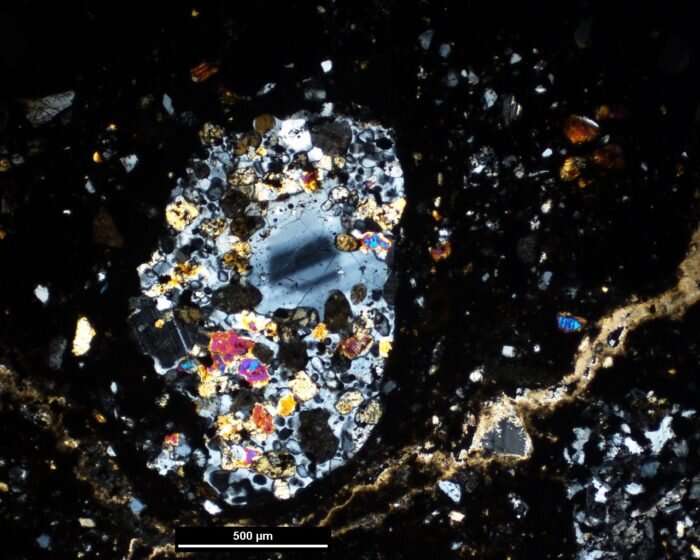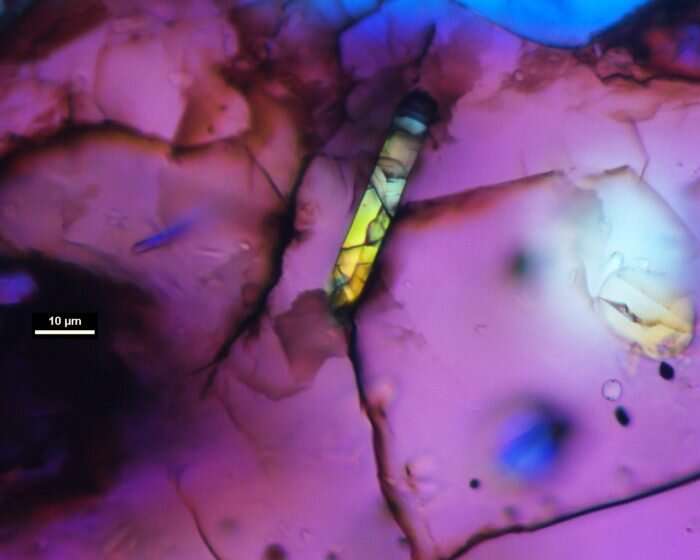Research resets timeline for life on Mars

Western researchers, leading an international team, have shown that the first 'real chance' of Mars developing life started early, 4.48 billion years ago, when giant, life-inhibiting meteorites stopped striking the Red Planet. The findings not only clarify possibilities for Earth's nearest neighbour, but may reset the timeline for life on our home planet, as well.
The study, "Decline of giant impacts on Mars by 4.48 billion years ago and an early opportunity for habitability," was published Monday in the journal Nature Geoscience.
Western researchers suggest that conditions under which life could have thrived may have occurred on Mars from around 3.5-4.2 billion years ago. This predates the earliest evidence of life on Earth by up to 500 million years.
"Giant meteorite impacts on Mars may have actually accelerated the release of early waters from the interior of the planet setting the stage for life-forming reactions," Western researcher Desmond Moser said. "This work may point out good places to get samples returned from Mars."
The Earth Sciences and Geography professor explained that it is known that the number and size of meteorite impacts on Mars and Earth gradually declined after the planets formed. Eventually, impacts became small and infrequent enough that the near-surface conditions could allow life to develop. However, when the heavy meteorite bombardment waned has long been debated.
It has been proposed that there was a "late" phase of heavy bombardment of both planets that ended around 3.8 billion years ago.
For the study, Moser and his team analyzed the oldest-known mineral grains from meteorites believed to have originated from Mars' southern highlands. These ancient grains, imaged down to atomic levels, are almost unchanged since they crystallized near the surface of Mars.
In comparison, analysis of impacted areas on Earth and its Moon shows that more than 80 percent of the grains studied contained features associated with impacts, such as exposure to intense pressures and temperatures. The analyses of Earth, Mars and Moon samples were conducted at Western's nationally unique Zircon & Accessory Phase Laboratory, led by Moser.
The results suggest that heavy bombardment of Mars ended before the analyzed minerals formed, which means, the Martian surface would have become habitable by the time it is believed that water was abundant there. Water was also present on Earth by this time—so it is plausible that the solar system's biological clock started much earlier than previously accepted.

More information: D. E. Moser et al. Decline of giant impacts on Mars by 4.48 billion years ago and an early opportunity for habitability, Nature Geoscience (2019). DOI: 10.1038/s41561-019-0380-0
Journal information: Nature Geoscience
Provided by University of Western Ontario




















